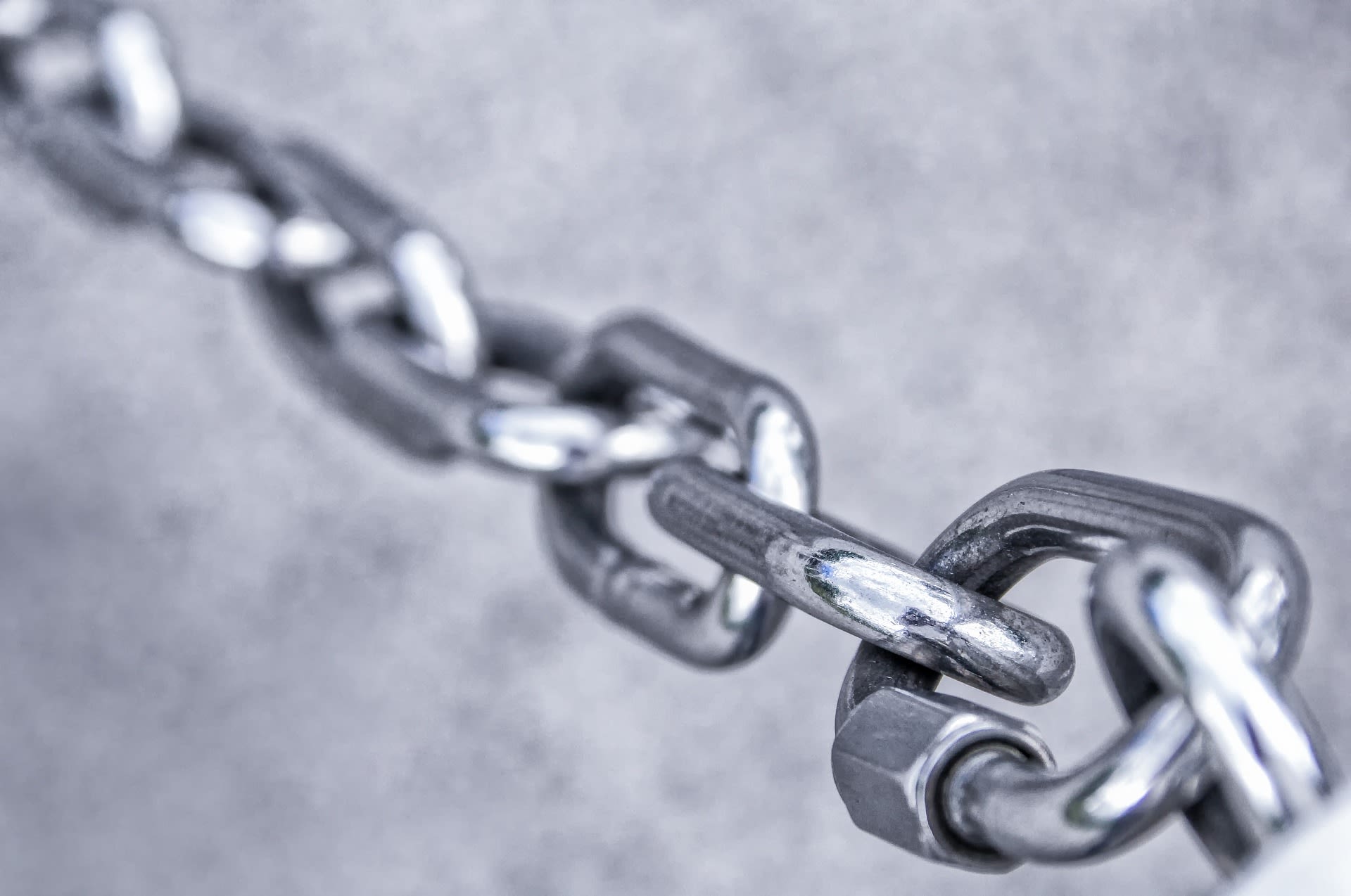Associate Degree in Applied Health and Community Support
Learning how to Learn

Brains and Learning
Despite what you might think, learning isn’t the process of working things out. It is the process of forming relationships. When you learn, you form relationships between information and ideas. You combine information you know with new information to develop new and more complex understandings.
Understanding how the brain works can help you with this process.
The following presents the latest information about the neuroscience of learning to help you to remember, recall and apply what you have learned.

1. The Hiker Brain vs. The Race Car Brain- Faster is not always better!
For effective learning, your brain needs to use different modes of thinking: focused and diffused.
Focused thinking is more intensive and allows you to learn and understand quickly. It is good for simple topics. However, more complicated skills and concepts require deeper consideration which happens through diffused thinking.
Diffused thinking occurs when you allow your mind to wander, to imagine and to daydream. In this mode, the brain is still working to consolidate information and make sense of what you are trying to learn. However, it happens 'in the background' when you might be, for example, playing a game, going for a walk or even sleeping.
This is why it is important to build 'down time' into your day and to get plenty of quality sleep.
Throughout the day, your brain will toggle between being focused and relaxed (diffused).
Barbara Oakley, author of Coursera's most popular course, “Learning How to Learn," calls the diffused and focused brain, the 'Hiker Brain' and 'Race Car Brain':
They both get to the finish line, but not at the same time. The race car brain gets there really fast, but everything goes by in a blur. The hiker brain takes time. It hears birds singing, sees the rabbit trails, feels the leaves. It’s a very different experience and, in some ways, much richer and deeper. You don’t need to be a super swift learner. In fact, sometimes you can learn more deeply by going slowly.

2. Chains and Chunks
In 1956, George Miller of Harvard published a paper claiming that people could store more information if they were able to 'chunk' or combine some pieces of information.
More recently it has been argued that learning is about developing strong 'chains'.
What are these chunks and chains?
Every skill is composed of chunks or chains of smaller actions that combine to form the greater whole. For example, if you want to learn how to back up a car, you have to consciously think about each step, from how to turn the steering wheel, to how to use your mirrors.
It is impossible to learn everything at once since our working memory can only hold about four items (four memory slots) of information at a time. So, separating the skill into bite-sized 'chunks' and mastering them one at a time, then linking them into strong 'chains' so that the act becomes unconscious or automatic is an effective way of learning.
We can then learn more complex skills by placing an entire skill chain in one of our memory slots and adding smaller chunks to build longer chains. For example, after becoming experienced at reversing a car (skill chain), you may then learn to reverse a car with a trailer on the back. The key is to build upon existing knowledge.
Ways of chunking and chaining
Grouping:
If you’ve ever wondered why phone and social security numbers include dashes (or spaces), it’s because the dashes make the numbers easier to remember (for example, is it easier to memorize 6125559510 or 612-555-9510?). By separating the numbers into arbitrary groups, they are easier to recall.
Patterns:
By spotting parts of information or skills that repeat in some way or other, we can capture the repetitions as a single chunk of information. For example, what separates chess masters from novices isn’t photographic memory, but the knowledge and memorisation of different patterns.
Organising:
Organising involves dividing a group into multiple categories based on meaning. For example, when learning a new language, one might choose to learn nouns before moving on to verbs, adjectives, and all of the different tenses.

3. The Power of Metaphor and Analogy
When you are trying to learn something new, the best way to learn it is to connect it with something you already know. Familiar metaphors allow you to draw upon a concept you have already mastered and apply it to a new situation, so that you can rapidly take on new ideas.
For example, comparing the flow of electrons in electricity generation to the flow of water is a way to 'jump-start’ thinking.
Create your own metaphors and analogies.
Remember, your brain doesn't like to pay attention to boring things.
If you are having trouble remembering a name or a sequence of events, turn it into a colourful, absurd picture, the funnier the better.
Make sure the actual object you are trying to remember is in the visual image.
Let's practice!
Think of a visual image to remember the following words and their meanings:
- Hippocampus – seahorse shaped part of the brain involved in memory formation
- Duodenum – first part of the small intestine where most digestion occurs
- Helicobacter – bacterium in stomach associated with ulcer formation
When you have come up with visual images of your own, open this box to see what we thought of.
Hippocampus – A hippo sitting in a university campus library memorising a book with a seahorse on the front.
Duodenum – Singing duo wearing denim jeans with duodenums coming out of their pockets
Helicobacter – Bacteria flying a helicopter, with rotor blades causing damage to walls of the stomach.

4. The Problem of Procrastination and Inattention
Procrastination is the number one challenge facing most learners. To train your brain to toggle between the focused and relaxed (diffused) thinking states, you might want to try the 'Pomodoro Technique'.
This technique uses a timer to help you work and break at set intervals.
Pomodoro Technique:
- Choose a task to accomplish.
- Set a timer for 25 minutes and work until the timer goes off.
- At that point, take a five-minute break: stand up, walk around, take a drink of water, etc.
- After three or four 25-minute intervals, take a longer break (15 - 30 minutes) to recharge.
This technique trains your ability to focus and reinforces that relaxing at the end is critical to the process of learning.
Distraction:
Some people find themselves fighting an increasingly arduous battle against the distraction of technology and social media. For some, it feels addictive and impossible to resist.
The key to this battle is developing techniques that bring your mind back to focus on the task at hand. This essentially involves training your hyperactive 'puppy mind' which tends to jump about hyperactively from one thing to the next, so that you can learn to gently tug on the leash to bring your attention back to the subject at hand.
How can I train my brain to work best for me?
Train Your Brain: Mindfulness Meditation for Anxiety, Depression, ADD and PTSD | Daniel Goleman
3-minute Mindful Breathing Meditation (Relieve Stress)
How do I keep my brain healthy?
Exercise
Brains were built for walking – 12 miles a day!
To improve your thinking skills – move.
Exercise gets blood to your brain, bringing in glucose and oxygen.
It also stimulates the processes that keeps neurons connecting = learning.
Sleep Well, Think Well
Neurons of your brain show activity during sleep which is thought to be a replay of what you learned that day = memory consolidation.
This works even better if you can incorporate an afternoon nap (starting at the midpoint of your nightly sleep – eg. 2pm).
Stressed brains don’t learn the same way
Stress hormones damage the cells of the memory centre in the brain, crippling your ability to learn and remember.
The worst kind of stress is helplessness.
There is a solution to every problem – if you are having difficulty with any aspect of your course, make sure you let us know!
Are there any other strategies for effective learning based on Neuroscience?
Yes! Take a look at these 6 excellent resources.
What about my learning style?
In the past, you may have heard about the importance of finding out your particular 'learning style'. You may have even undertaken activities to discover whether you are a visual, auditory or kinaesthetic learner.
More recently, this theory has been questioned. We might have a 'preference' for certain forms of learning in certain contexts, but the type of information we are learning seems to be a much more important consideration.
In this course, we will be focusing upon developing quality learning approaches, like critical reflection, that have been demonstrated to be far more important and effective.
You will be provided with multiple ways of engaging with course material. This multi-modal approach, using a range of senses (e.g. hearing, vision, touch), actually helps you to lay down stronger memories as they become encoded in many different parts of your brain.
For more about the recent understanding on learning styles, watch the following clip.
Learning styles & the importance of critical self-reflection | Tesia Marshik | TEDxUWLaCrosse


